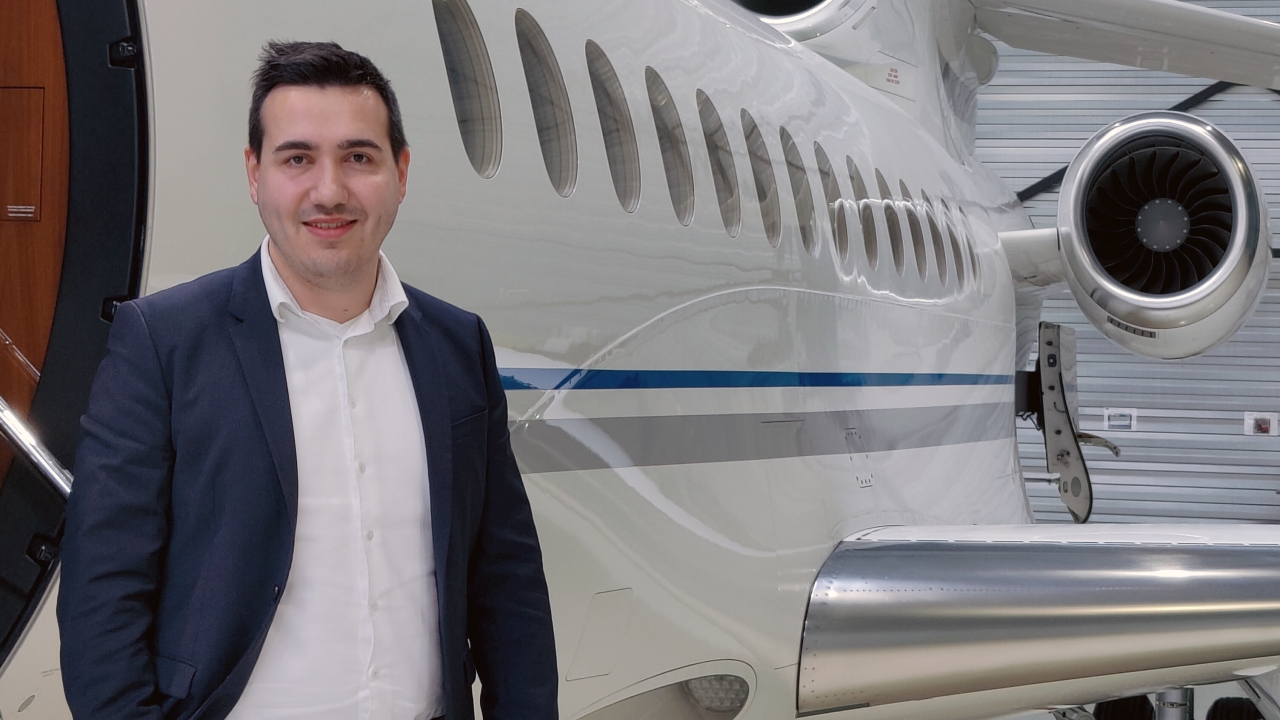Region is set to pep up the jet set
The Middle East is set to play a major part in aircraft buying worldwide over the next decade, according to a new market forecast.

Jetcraft, an industry specialist in aircraft sales and acquisitions, predicts the Middle East will take 2% of total business aviation aircraft sold worldwide in its most recent 10-year market forecast.
Saudi Arabia is the most prominent market for business aviation in the region; and historically has received the largest share, closely followed by the UAE.
Yet recent political activities have slowed the Saudi market. “Flying in Saudi Arabia had been curtailed for a while following the grounding of private aircraft in 2017,” explained Pascal Bachmann, Jetcraft’s senior VP sales – EMEA.
“While we saw some stability returning in the second and third quarters, 2018 was less active than usual for acquisitions.”
Last year, Jetcraft celebrated its best-ever results worldwide, achieving more than 100 transactions in one year. Despite the diminishing Saudi market, Bachmann said approximately 10% of the total value of aircraft sold by the company in 2018 came from the Middle East and Africa, as low Saudi activity was compensated for by increases in other countries, including the UAE.
“We have more than 20 offices worldwide and sales representatives on the ground in each region, so we have the ability to read local markets and adjust our focus accordingly,” he said.
So, what does the future hold for this turbulent market?
“Speaking to our clients in Saudi Arabia, the fact that they’re back flying again shows that there is a certain optimism for 2019,” Bachmann noted. “As long as the political situation remains stable, it can only be a better year for fleet acquisition.”
Yet the type of aircraft found in Saudi Arabia can be notably different from those in other areas like the UAE. For a start, there are some very old business jets still flying, such as Gulfstream II and III jets and numerous Hawker aircraft, including 400 and 400XPs from the 1970s and ‘80s.
“These will need to be replaced soon,” said Bachmann. “While buying an older pre-owned aircraft like a Hawker 900XP can make sense in the US, where you can have coast-to-coast capabilities for as little as $4 million, our customers in the Middle East need longer-range aircraft to achieve the same results.
“Last year, there were a lot more sellers than buyers in Saudi Arabia – as owners looked to trade up their aircraft. We anticipate this will continue in 2019.”
The emerging trend for ultra-long-range jets is not unique to the Middle East. Jetcraft’s market forecast predicts that, worldwide, the large jet category – comprising super large, ultra-long-range and converted airliners segments – will constitute 32% of total units sold and 64% of total revenue over the next 10 years.
The biggest of these jets have a certain popularity in Saudi Arabia. There are about 33 Boeing Business Jets in the region, with converted airliners a favourite amongst ultra-high-net-worth individuals (UHNWI). There is also a preference for US-manufactured aircraft in Saudi Arabia, said Bachmann, thanks to the historic ties between the two nations.
“Traditionally, Saudi has been a Gulfstream market, as these aircraft were used for both government and military operations,” he explained. “There’s a bit more diversification today, with representation from all original equipment manufacturers (OEMs), but when it comes down to numbers, Gulfstream and Boeing still lead.”
The growing population of UHNWI in the Middle East, and worldwide, means that Bachmann is confident in the longevity of the region, despite recent obstacles. “These individuals will always want to own jets,” he said.
“I once had a Saudi Arabian client who only flew 100 hours a year, so we discussed fractional ownership with him. But, ultimately, he chose full ownership, because he liked to visit his aircraft and just look at it whenever he wanted. He liked knowing he could use it any time, and it was perfectly designed for him. Who wouldn’t enjoy that?”
Stay up to date
Subscribe to the free Times Aerospace newsletter and receive the latest content every week. We'll never share your email address.

